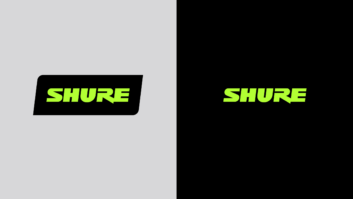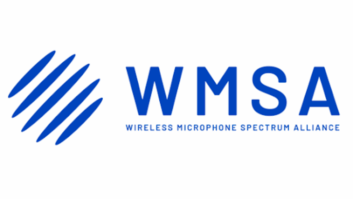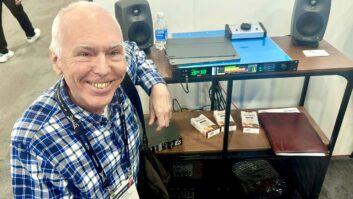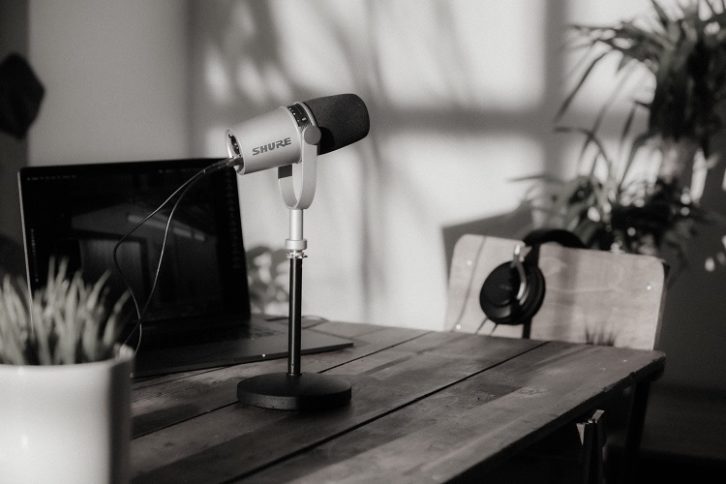
When a Shure representative contacted us to promote their new MV7 podcast microphone, we were interested to learn that one of its users is New York Public Radio. So we pursued a Q&A with Jim Stagnitto, director of engineering for the organization, which is the home of WNYC and WQXR, to ask about the mic but also get an update on the station’s remote operations.
Radio World: We did a story a while back about how the pandemic had affected NYPR’s workflows. Can you update readers; to what extent is NYPR is getting back to normal?
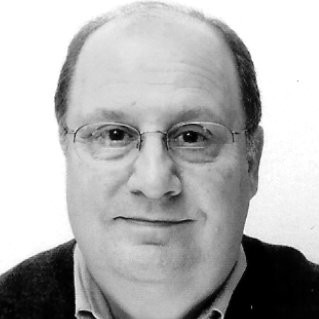
Jim Stagnitto: NYPR has announced that we’ll remain in work-from-home mode until at least the end of our fiscal year in June, and make firm plans to return once the availability of a vaccine is confirmed.
This situation has revealed something to us that we would not have considered for normal operation — that is, having talent broadcast from home on a daily basis using the various codecs in our equipment storehouse.
Remember, it’s not just point-to-point audio of our on-air talent that’s needed for the creation of our shows; there are remotely located show directors, producers and screeners, and they all need computer access, intercom, telephone screening and call selection, and integration of remote interview guests.
We’re finding that it works; and it has been working reliably, thanks to all of the efforts of our broadcast and IT engineers.
RW: Shure tells us that the station is using one of its new models as part of the WFH strategy. What has been your experience with it?
Stagnitto: The first month of the COVID-19 lockdown, it was madness. We were making a lot of our solutions up on the fly.
Fortunately, we had enough codec kits and ancillary equipment to get us started quickly. I can’t say enough good things about all of our equipment suppliers; they were right there for us, ready to help with whatever we needed, and we were able to deploy more remote kits pretty quickly.
We’re now up to 25 kits in circulation using hardware-based codecs, along with mics, stands and other equipment. These traditional kits can be mighty expensive. Certainly, we did not budget for this type of expansion of our remote gear.
Now, with the work-from-home scenario going much longer than originally expected, we have increased need to deploy a lot more remote kits for both WNYC and classical WQXR. They would need to have high-quality connectivity and sound on a lower budget.
One way to do this is to utilize software-oriented codecs, and we’ve been looking into different ones we could deploy. A typical kit would be shipped to talent in a flight case and could possibly have a tablet type computer, a pair of headphones and a Shure MV7 Podcast Microphone with a desk stand. That’s pretty much all that would be needed.
For the record, in order to do this review, Shure kindly provided us with sample MV7 microphones, and once we saw what the mics could do for us, allowed us early access to purchase a number of units, so we could fabricate our remote kits as soon as possible.
In the studio, one of our standard in-house microphones is the Shure SM7B. For our kits, we were looking for something that would come close to the quality of the SM7B and had tested some of the current USB microphones on the market.
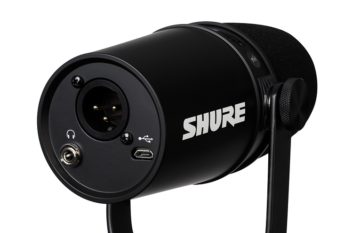
Some were very good, however we’ve found that the Shure MV7 performed best for our use case — it doesn’t sound exactly like an SM7B, but the Shure MOTIV software gives you the opportunity to tailor the sound of the microphone so you can get a sound similar to what we get in our studios.
An added benefit of the MV7 is the touch panel control on the microphone body that lets the user adjust the microphone’s gain, headphone volume and monitor mix. Should you want to operate the system utilizing the MOTIV software you would have an option to lock these settings, and more, as a preset.
Our plans are to configure the microphone settings in advance, lock them and ship the kit. All the recipient will have to do is plug the mic into the tablet’s USB port, follow the directions to connect back to our Master Control and begin speaking.
RW: How has the organization’s approach to content production and remote work in general evolved — what has been learned since the earlier days of the pandemic?
Stagnitto: The pandemic has changed how we’re handling production. You can have producers receiving remotely recorded sound files, editing them in their at-home system, and then electronically sending them back to our main studio to go into our on-air play-out system. With the proper attention to detail, it’s working amazingly well.
Many of our hosts are recording and broadcasting live from typical New York City apartments, and this is another place where the performance of the MV7 microphone excels. It is a dynamic microphone, tuned for the voice — it’s not going to pick up a lot of subway rumble or street noise as you might with a condenser microphone. We don’t have to worry about putting up a lot of sound absorption materials in somebody’s apartment. The microphone has a very tight cardioid polar pattern, so off axis audio is very efficiently rejected.
We’re aware that we are in our talent’s homes, so if we can use the technology to help us get as close to a studio sound as we can without turning their living room into a studio, that’s a big plus.
RW: What else would your engineering colleagues be interested in knowing about that microphone or the broader workflows now at the station?
Stagnitto: With the MV7, Shure gives the user most of the tools they need to tailor and process the sound of the microphone; to be able to use the microphone in a less-than-optimum physical space.
It really is an “all in one” package. If you feel you need to use mic processing, you can do so, using Shure’s downloadable MOTIV software. Using this, you can access the MV7’s processing, including a built-in compressor, equalizer, and limiter. Once you get a sound you like, you can save your settings as a preset.
The software package also has a setup page for those who simply want to choose some preconfigured presets using all of the above mentioned audio tools. In addition, if you have the need to simultaneously feed a second audio device, the MV7 has a direct analog XLR output of the dynamic microphone.
In a traditional remote broadcast package, using a computer and a software-based codec or recording package, you would start with a good quality microphone, possibly followed by a mic processor, and a separate USB audio interface to connect to your computer to both send and receive audio. With the MV7 Podcast Microphone you’re giving the broadcaster or podcaster all of this. Everything that is needed to create a good quality product from home, built into one unit.

